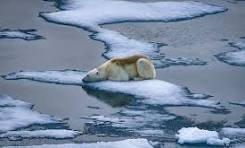Climate change is not a hoax. It’s a reality. We all are seeing and experiencing the effects and consequences of the change. The ice caps are melting, affecting how wildlife like polar bears live and forage for food. It is also affecting sea level rise and resulting in warmer temperatures across the globe. This has been the hottest year globally. I even learned that wildfires are occurring in the tundra.
The Conference of Parties (COP 29) is underway in Azerbaijan from November 11-22. It is a climate conference where nearly 200 countries gather to help shape global climate policies and projects for our future.
As countries are working to find solutions to the “hot” topic of climate change, I created a short list of how we can help take care of the earth and others:
1. Choose more plant-based foods.
Without meat or dairy consumption, global farmland could be reduced by 75%, which is the size of the United States, China, Europe, and Australia combined, and still be able to feed the world because growing vegetables does not take up much space (1).
If we were to rewild that land, it would remove 8.1 billion tons of carbon dioxide each year (2).
To produce just one pound of meat takes about 1800 gallons of water, while it takes 10-20 gallons to produce one pound of veggies, fruits, or grains (1).
Choosing more plant-based foods would also greatly reduce cruelty to farmed animals.
2. Take care of the wildlife.
Wildlife constitutes only 4% of all biomass on Earth. Livestock accounts for 62% of the Earth’s biomass (3). Because of the mass amount of space needed to raise livestock, most of the world’s endangered and threatened species are suffering habitat loss (4).
An article published in the Nature Climate Change journal suggests that protecting and rewilding the African forest elephants, American bison, fish, gray wolves, musk oxen, sea otters, sharks, whales, and wildebeest would help extract 500 billion metric tons of carbon dioxide from the atmosphere by 2100 (5).
3. Plant native plants to restore natural habitat for native wildlife and pollinators.
We know a lot of our wild spaces are becoming few and far between, which means we are losing the biodiversity in all areas of earth that support life, sequester carbon, feed pollinators that in turn help feed us, and manage water.
When we plant native plants in our region, we support the biodiversity that is needed to help maintain the health of the planet, us, and other beings.
You can learn more about the why and the how to plant native plants by checking out Homegrown National Park.
4. Plant trees.
Trees help to clean the air we breathe, filter our water and are home to 80% of terrestrial biodiversity.
We can plant trees that are native to our local landscape or choose to plant trees as part of a gift or donation through One Tree Planted. For every dollar donated, One Tree Planted will plant a tree to support global reforestation. One can even choose where the tree or trees are planted around the globe.
5. Pick up trash that could end up in our waterways and become ingested by marine life.
Approximately 80% of our trash ends up in waterways that eventually flow into our ocean water, where marine life ingests it. Even picking up one plastic bottle on a walk is one plastic bottle that can be recycled and not harm marine life.
Pick up trash and track it with the Clean Swell App from Ocean Conservancy. Using the app helps scientists and advocates learn more about how to tackle ocean pollution. Click here to learn more: Clean Swell App
6. Be kind to others.
Additionally, you can learn more about the eight key topics that will be discussed at COP29 here.
*Image courtesy of South China Morning Post.
References:
1. “The Water Footprint of Food.” Footprint. https://foodprint.org/issues/the-water-footprint-of-food/
2. Winters, Ed. How to Argue with a Meat Eater (and win every time). London. Penguin Random House UK. 2023.
3. Ritchie, Hannah. 2018. “Distribution of mammals on Earth.” www.ourworldindata.org. https://ourworldindata.org/wild-mammals-birds-biomass.
4. Oppenlander, Richard, A. Comfortably Unaware. New York City. Beaufort Books. 2012.
5. Schmitz, O.J., Sylvén, M., Atwood, T.B. et al. 2023. “Trophic rewilding can expand natural climate solutions.” Nat. Clim. Chang. 13, 324–333. https://doi.org/10.1038/s41558-023-01631-6


